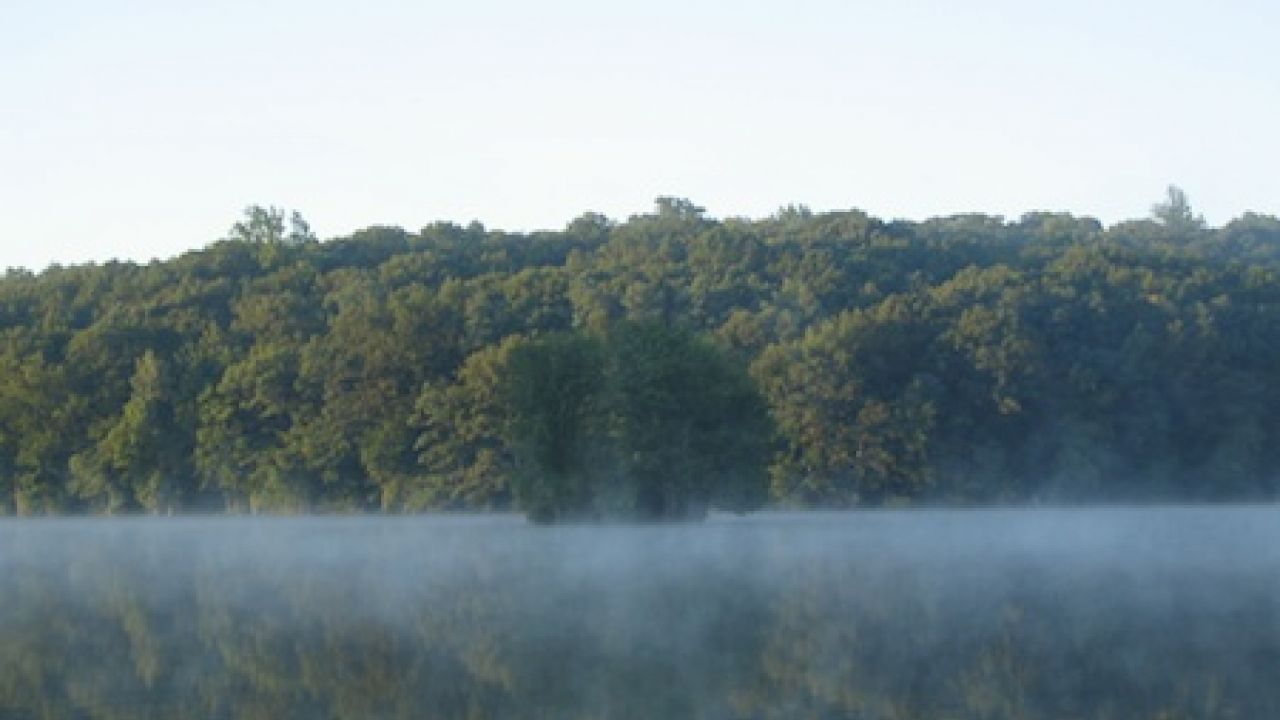
New York is considering lifting its moratorium on hydraulic fracturing, an oil and gas drilling technology in which large volumes of water, sand and chemicals are injected into the ground at high pressure.
Drillers are hungrily eyeing the New York state portion of the Marcellus Shale, a vast, natural gas-rich formation that sweeps down the Appalachian chain from near the Canadian border to Kentucky. Before drilling begins, the state has proposed regulations to monitor fracturing, or fracking, which is mostly exempt from federal regulations under the Clean Water Act, Clean Air Act, and the Safe Drinking Water Act.
What's the problem, if drilling and fracking will be regulated? The regulations are weak. So weak that federal agencies, including the U.S. Geological Survey, have written to the N.Y. Department of Environmental Conservation highlighting their shortcomings and warning that natural gas exploitation could endanger private water wells, municipal aquifers and New York City's drinking water supply.
Regarded as impartial and authoritative on drilling issues, USGS has warned that New York state's "one-size-fits-all" approach to regulating drilling activity could fail to protect source water and natural geographic features.
The federal agency pointed out the state's lack of data on underground freshwater sources and underground faults. If drilling and hydraulic fracturing were permitted directly underneath faults, it said, contaminants could flow upward into underground aquifers.
The USGS is not the only federal agency with concerns over New York. The U.S. Environmental Protection Agency has separately warned the state's regulators that they are unprepared to regulate a boom in shale gas drilling. The EPA contends state technocrats have understated the severity of radioactive pollution associated with drilling and don't know how such contaminants would be disposed of.
The up side of drilling -- jobs and revenues, is modest. The down side, if anything goes wrong, is incalculable. So our question is - why chance it?
Image licensed to David F. Bacon under a Creative Commons license http://www.research.ibm.com/people/d/dfb/screensavers.html



